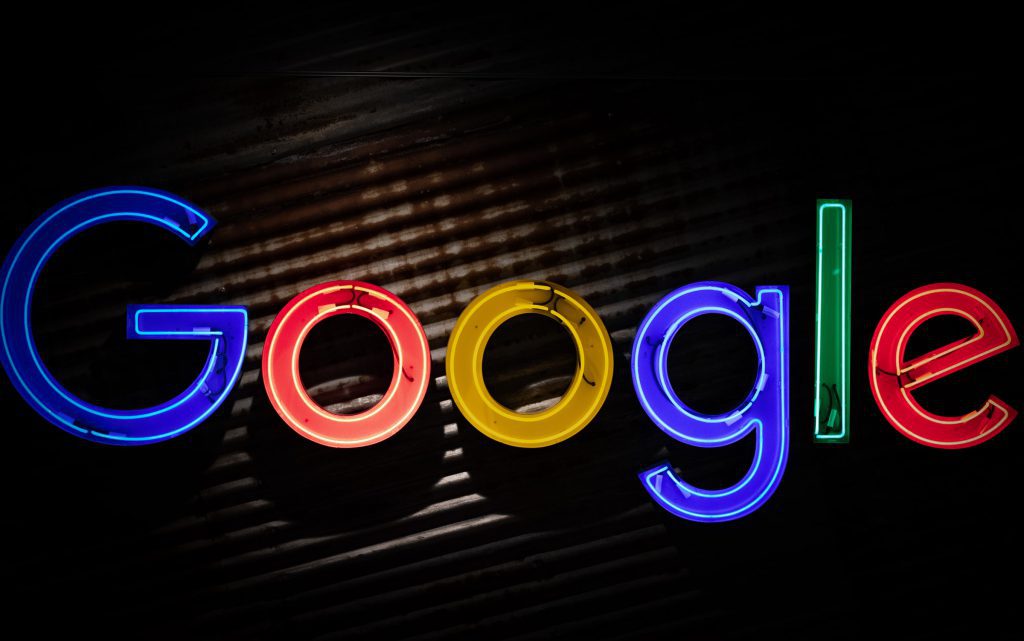What is brand awareness, and why is it important?
Good branding is the art of connecting an idea to a product name and getting droves of ready-to-spend customers to buy into it. Good examples are:
- Marriage + Diamonds = De Beers
- Curiosity + Search = Google
- Connection + Business = LinkedIn
- Prestige + Driving = Porsche
You know that brand awareness is doing its job when the desired buying behavior around the idea pushes the brand name ahead of the competition. We see examples every day:
- Nike’s slogan is, “Just do it.” Millions of athletes who participate with the Nike swoosh on their caps, shirts, shorts, shoes, and socks love the idea. Merging exercise with adventure and impulse was a stroke of genius.
- Coke enthusiasts would rather go thirsty than glug down a Pepsi.
- Samsung fanatics are famous for their evangelical tirades against iPhone users, and visa versa.
- It’s not by accident that a trim-line handbag in a Hermes store, selling for over $5000, has socialites lining up for months waiting for an excruciating drip-drip supply chain to deliver them one.
- Similarly, a limited-edition Ferrari can command more than $1 million apiece from a well-heeled consumer group as much as two years ahead of production.

Don’t underestimate brand power’s ability to sway opinions and group behavior. Our very lifestyles can be swung left and right by the brands we are loyal to. We expect iconic brand names to pave the way forward in our efforts to gain recognition, secure love, and attract admiration from our peers. We can’t wait for the next big thing coming from the tremendous corporate minds that energize our go-to brands with God-like ingenuity.
Brand loyalty is the ultimate goal of any marketer.
It’s the key, driving us to buy the same products and services over and over. A lethal weapon leveled at the throat of customer churn; brand loyalty lies at the core of customer retention. Here are key characteristics to look out for:
- When you get a viable group of people to commit to your product or service identity without thinking. A blind trust – if you will.
- An emblem with a slogan that’s akin to the Holy Grail. according to its fervent followers.
- Providing an exemplary customer experience (CX) that every marketer dreams of – the pinnacle of the sales enablement challenge.
- Spending less to maintain already convinced customers, and spending only a little to get them to buy much more.
The first big step in creating a brand loyal CX relies on an expertly constructed survey on brand awareness.
Are your customers and prospects brand-aware?
A fair question. The best way to uncover the influence of brand awareness is to rely on a survey tool popularly referred to as a “brand awareness survey” or “brand survey” (for short). These are built around customer interviews using multi-choice and open-ended questions, professionally structured to get at the truth. Before we dive into that side of the conversation, we should cut to the chase and analyze what fuels brand awareness most compellingly.
- You must have brand visibility, another way of saying brand recognition. It can come at you from every direction, and the more it does, the better. Visibility in-store, online, in your group interactions, consistently with positive vibes, builds brand awareness like nothing else.
- Aspirational connection to the brand cannot be over-emphasized. When you hear credible personalities you admire mention brand names, it feeds brand awareness. When one can see them using it, it may compel many to own the brand even more.
- The most desirable emotion is trust. As one observes the brand in action with smiles and compliments, peace-of-mind quickly follows, and with it faith in the distributor and manufacturer.
- A belief that the brand is more than competitive. In other words, it possesses meaningful differences. In markets where physical product sameness rules, it’s frequently not what you say, but how you convey your message that makes the difference.
When does brand awareness morph into brand loyalty?
The day you decide you can’t do without the brand; the moment your personality links to the brand identity, and the period when it’s hard to talk about one without the other. When you hear comments like the following around town, you know brand loyalty is alive and well:
- “She’s a Gucci lady, just look in her closet!”
- “He won’t move without talking to his Charles Schwabb advisor.”
- “John Deere or nothing. I don’t care what it costs.”
- “I trust the Gecko. It’s Geico for the best insurance value.”
It can get so intense, that sometimes the name becomes the generic term for the product or service. A few examples:
- “Band-aid it.”
- “Google it.”
- “Have you Facebooked her lately?”
- “Let’s Skype later.”
- “How about a Zoom call?”
When your brand name merges with the buyer action, you’ve reached the height of brand awareness, and probably brand loyalty as well. Brand perception survey methods are designed to find generic language when your brand ambassadors get into conversations.
Brand Equity – a valuable byproduct of brand awareness
What is your brand worth if you sold it as an ongoing business tomorrow? On the balance sheet, there’s often no reflected brand value, and even if it’s there, buyers may say it’s unrealistic. It takes a lot to prove that the value you place on a brand is real and not a figment of your imagination. It falls into the center of a category named Intangible Assets that you can’t touch and feel like real estate, equities, machinery & fixtures, and inventory. Nonetheless, it’s an asset that may swamp all others in value and importance.
According to Forbes, here are some brand values – aside from cash and other hard assets in the asset column. It’s the value of a name and little else:
- Apple – $205 billion
- Google – $167 billion
- Amazon – $97 billion
- Coca Cola – $59.2 billion
- McDonald’s – $43.8 billion

The list goes on and on with multi-billion dollar brands in abundance. All are recognizable brands with top-of-mind brand awareness. What do these brands have in common? They all have more leverage to:
- Raise prices without losing demand
- Create product extensions
- Accumulate followers with less promotional dollars
How do the brand rainmakers develop brand awareness, brand loyalty, and brand equity so convincingly?
They understand the essence of CX – that it consists of numerous touchpoints in a customer’s journey from start to buying action, and also after the deal closes. In their minds every touchpoint should effectively engage the customer, moving them forward until they buy the product and service. CEOs and marketing executives know that corrupted touchpoints can kill a sale and create brand awareness for all the wrong reasons. Brand awareness with negative connotations disrupts the customers’ equilibrium, trust, and all the other hard-earned connections to the brand. These enterprise captains also appreciate the power behind conducting a timely brand perception survey, especially if or when brand acceptance derails.
For example, a customer support call that fails to resolve a technical issue because the agent lacked knowledge is a brand enhancement no-no. So is waiting in the mobile-phone queue for over an hour and then being cut-off as you get connected. Perhaps confusing instructions are the culprit. Whatever it is, wherever it happens, professional marketers cut it out of the system.
Discovering your organization’s brand awareness with a sound Brand Perception Survey
A brand survey is a cutting edge tool offered by companies like Sogolytics. They make it easy by developing templates that contain searching brand survey questions for every situation. A brand perception survey, in particular, is a category that demonstrates why customers are engaging or disengaging with your brand. A brand perception survey conducted regularly, with the right prompts, can cut a short path through all the confusion and noise around building brand equity. Ask them for a brand perception survey question sample to get an idea of what is achievable.
The Brand Perception Survey is a blockbuster amongst the brand awareness surveys available.
- It gets you to what your customer thinks of your brand (as a given) and your stakeholders, employees, prospects, and decision influencers.
- Conduct at least one brand survey annually to detect if the sentiment of different entities is trending in your favor.
- Determine quickly if there’s a divergence of awareness with parties integral to your brand’s success, and follow through to find out why.
- It should take you to the disruptive influences of competitors, how and where they are dulling your brand awareness.
- Remember from above – every brand is genuinely only the action of connecting a name to a pivotal idea. The brand awareness study determines how easily and convincingly your customers accept that connection.
- Are competitors making that connection in a better way? Is it detracting from your message? Who exactly is it working with, and who not? All of these questions are essential in a well-structured brand awareness survey.
Sogolytics is the advisor you need in your brand survey corner.
Its templates will clear the way to uncover how your prospects, customers, and company insiders view your brand on four distinctive levels:
- Cognitively – how they think about it
- Emotionally – what they feel about it.
- Expressional – what they say about it.
- Action – what happens when surveyed respondents observe, test, buy, use, construct. and resell it.
The revealing answers emerging from such searching probes rate the brand awareness survey as a no-brainer that can do wonders for your ROI.














